英国利物普大学的研究人员已经发现了限制掺氟二氧化锡导电性的因素,这可能会积极推动太阳能电池玻璃涂层的发展。
研究人员发现,每两个提供额外自由电子的氟原子中,就会有一个占据了二氧化锡晶体结构中一个通常未被占据的晶格位置。而每一个这种所谓的“间隙”氟原子都捕获一个自由电子,从而变成负电荷。这使电子密度降低了一半,也导致了剩余自由电子散射的增加,进而导致了氟掺杂二氧化锡的低导电率。
有了这一重要发现,就可寻找方法改进涂层透明度,以及将电导率提高5倍、使成本降低、提高触摸屏、LED、光伏电池和节能窗等大量应用的性能。研究团队目前正在寻找能避免上述不良因素的新型替代掺杂剂。
除利物浦大学的物理学家们外,来自萨里大学离子束中心、伦敦大学学院和国际性玻璃制造商NSG Group的科学家们也共同参与了此项研究。
This content is protected by copyright and may not be reused. If you want to cooperate with us and would like to reuse some of our content, please contact: editors@pv-magazine.com.



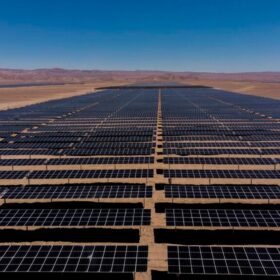
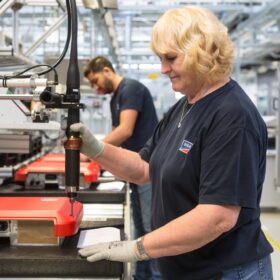
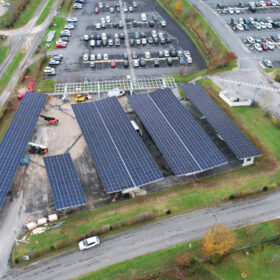
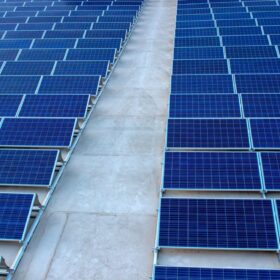
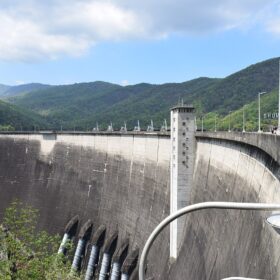
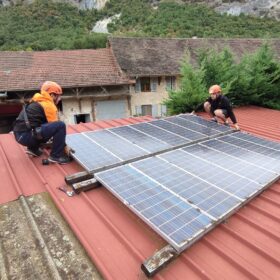
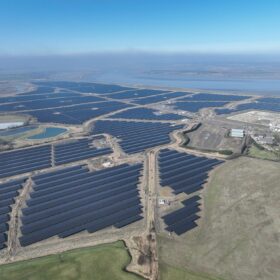

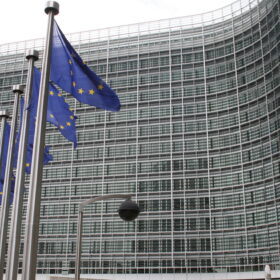

By submitting this form you agree to pv magazine using your data for the purposes of publishing your comment.
Your personal data will only be disclosed or otherwise transmitted to third parties for the purposes of spam filtering or if this is necessary for technical maintenance of the website. Any other transfer to third parties will not take place unless this is justified on the basis of applicable data protection regulations or if pv magazine is legally obliged to do so.
You may revoke this consent at any time with effect for the future, in which case your personal data will be deleted immediately. Otherwise, your data will be deleted if pv magazine has processed your request or the purpose of data storage is fulfilled.
Further information on data privacy can be found in our Data Protection Policy.